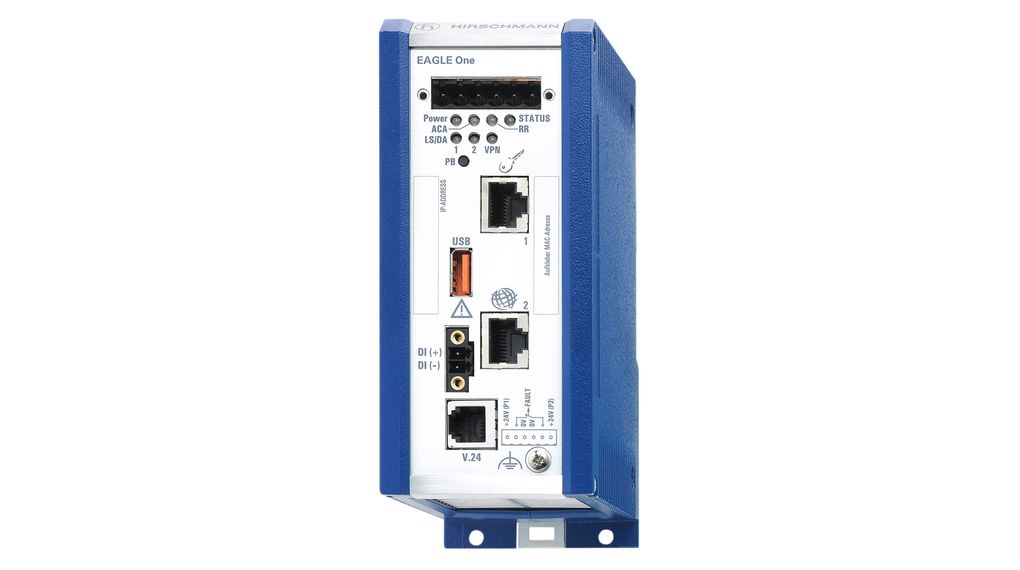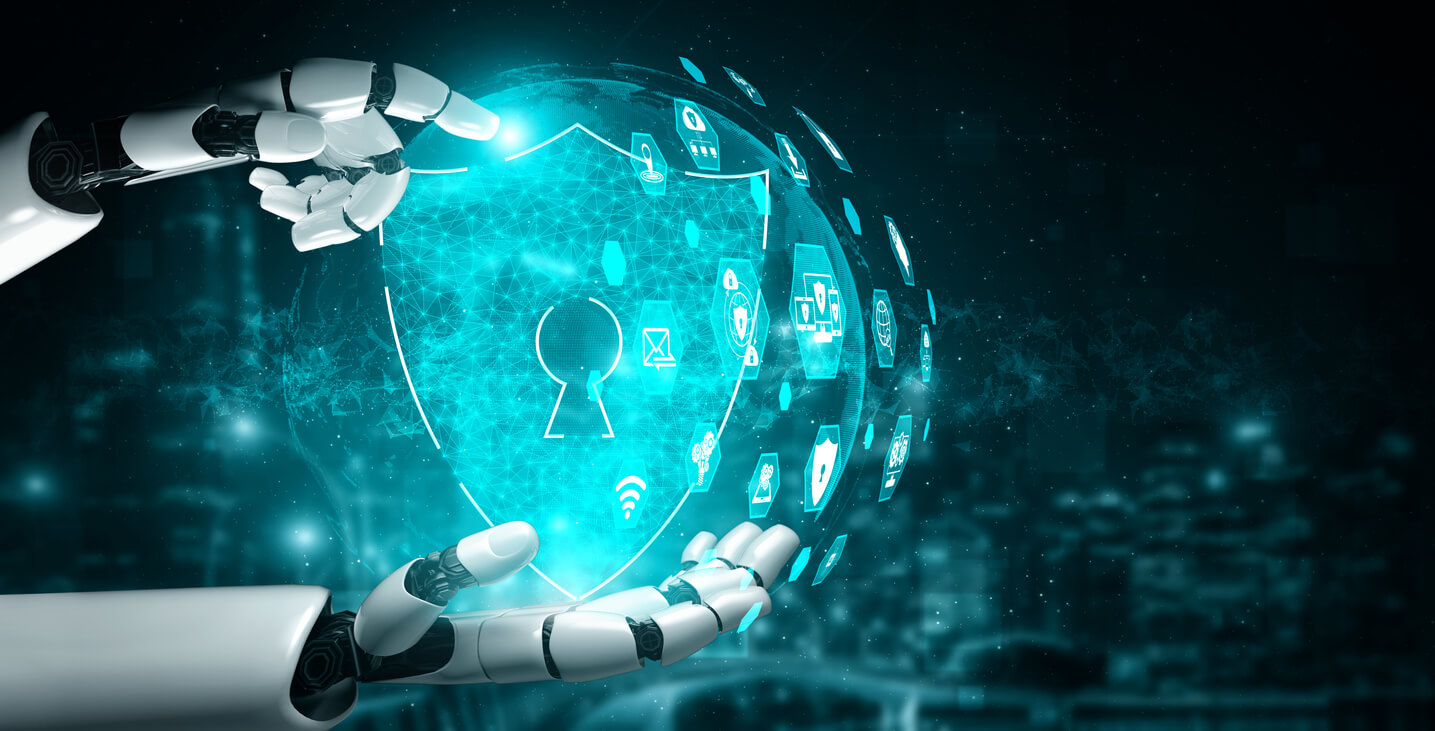Rapid technological advancements have led to a new industrial revolution called Industry 5.0. In contrast to Industry 4.0, which prioritises automation and digitisation to increase productivity, Industry 5.0 strongly emphasises people. With a focus on sustainability and resilience, it seeks to achieve a balance between technology and human labour. Facing the cybersecurity issues accompanying this new industrial paradigm can be challenging. But it is not impossible.
The Purpose of Industry 5.0
The industrial world has been characterised by constant innovation, from the mechanisation of production in Industry 1.0 to the mass production, industrialisation, and the emergence of automated cyber-physical systems and the Industrial Internet of Things (IIoT) in Industry 4.0. Now, we find ourselves in an era characterised by the profound integration and enhancement of human-machine interaction.
Industry 5.0 aims to enhance the working environment for employees and draw in future labourers while considering the planet’s output limits. In contrast to the idea of Industry 4.0, a completely automated production that does not include human expertise, Industry 5.0 sees machines as cooperative instruments (cobots) that help operators accomplish their jobs.
How things change shows how much the industrial environment is still striving for improvement. The fifth industrial revolution prioritises sustainable production and focuses on energy efficiency, renewable energy importance, and self-sufficiency. The existing ecological ideals and the concerns of future generations are in line with this human-centred and sustainable production method.
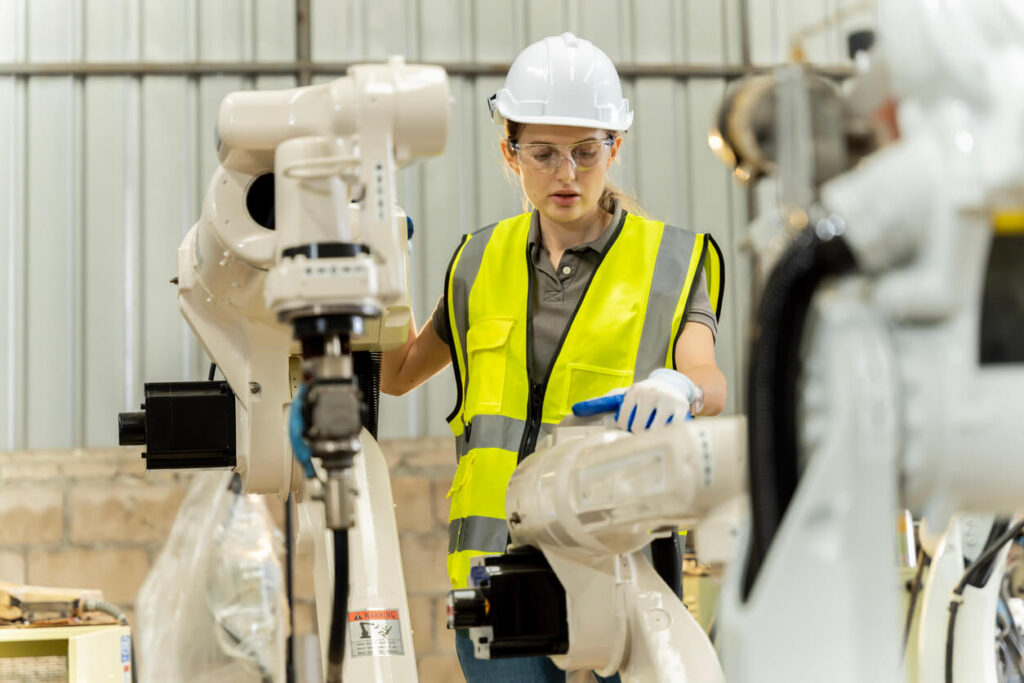
Industry 4.0 vs. 5.0
Industry 5.0 sustainability criteria can be addressed by utilising the efficacy of Industry 4.0 technologies, including artificial intelligence (AI), Big Data, and the Internet of Things (IoT). The energy consumption of machinery, for instance, can be decreased by measuring energy usage with metres and sensors. Moreover, AI and predictive maintenance can limit energy usage and maximise machine performance.
The European Commission emphasises the need to address Industry 4.0’s weaknesses, which have not particularly focused on societal issues. The goal of Industry 5.0 is to produce manufacturers that are not only productive and efficient but also inspire confidence and are socially conscious.
Cybersecurity Challenges in Industry 5.0
The main cybersecurity risk comes from the connected factory of Industry 5.0 because of its enhanced interconnectivity, IoT device integration, augmented reality integration, and improved man-machine interfaces (MMI) that allow users to operate machine tools. The increased number of possible security flaws in systems as a result of this technological development greatly increases the attack surface.
Manufacturing companies were the target of over 25% of global cyberattacks in 2022. In this industry, ransomware is a prevalent form of cyberattack that affects nearly every subsector, with a higher frequency of attacks against metal items and automobile manufacturing. The risk in a particular country looks even worse. As per InfoGuard, a Swiss company providing cyber security, cyber defence and network solutions, over 70% of Swiss industrial enterprises have experienced at least one cyberattack in the last two years (2022 data).
In terms of this year’s data, Kaspersky‘s ICS CERT landscape report shows that in the first half of 2023, malicious objects of all kinds were found and banned on 34% of Industrial Control System (ICS) computers.
5 Most Common Cybersecurity Threats
An increasing number of industrial security holes are often caused by outdated operating systems on machinery used in manufacturing. A cyberattack can have disastrous effects on an operational environment, putting workers at risk, stopping production lines, and harming a company’s brand. Because of its emphasis on sustainability, Industry 5.0 is especially vulnerable to the environmental dangers brought by attacks on cybersecurity.
Have a look at some examples of the most common cyber threats in the industrial sector:
- Expanded Attack Surface – with IoT devices, robotics, and AI systems all interconnected, Industry 5.0 greatly increases the attack surface and increases the number of potential entry points for cyberattacks.
- IoT Security – keeping a large number of IoT devices secure is difficult since these devices frequently have limited resources. Insufficient protection may leave them open to different types of attacks.
- Data Privacy and Confidentiality – the vast amounts of data generated and shared in Industry 5.0 raise concerns about data privacy and confidentiality, especially given the potential for unauthorised access or breaches.
- Supply Chain Vulnerabilities – cybercriminals may exploit vulnerabilities introduced by the complexity of Industry 5.0 supply chains and the dependency among partners, potentially causing disruptions or compromises.
- Human-Machine Interaction – in Industry 5.0, social engineering attacks and manipulation of human operators become serious concerns that require attention due to the tight interaction between humans and machines.
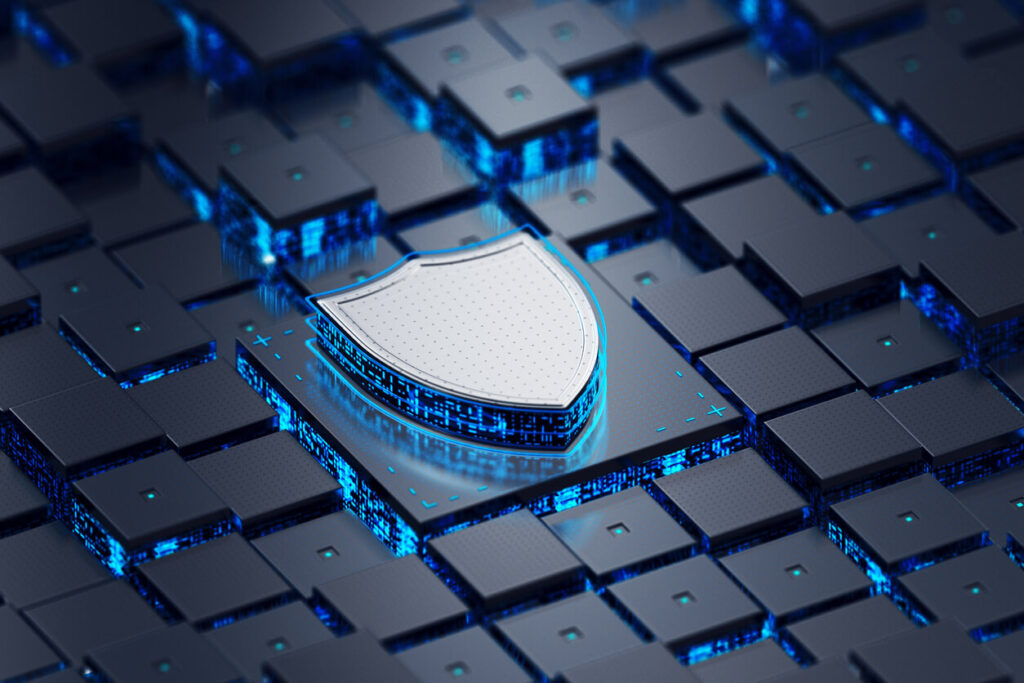
Addressing Cybersecurity in Industry 5.0
Industry 5.0 increases connection and the number of devices in use, but because of its interconnection, it also requires greater data protection. To achieve security requirements and operational restrictions, it is therefore necessary for cybersecurity teams and IT teams to work closely together. Manufacturers ought to be prepared to make cybersecurity an essential component of modern devices, increasing the operational resilience of Industry 5.0 against cyberattacks.
The cybersecurity challenge in Industry 5.0 can also be addressed by modifying the production chain by integrating equipment with cybersecurity capabilities. Workstation and network access protection should be strengthened, protocols should be analysed using firewall-type components, and flows should be segmented. Selecting autonomous cybersecurity solutions guarantees transparency and reduces the possibility of harmful entities exploiting data.
Cyber-Maturity in the Industry of Tomorrow
Large businesses, particularly those in the industrial sector, still have low levels of cyber-maturity. A thorough technical diagnosis, network segmentation, encryption for sensitive data flows, robust authentication mechanisms and ongoing monitoring of critical infrastructure are all necessary to increase cyber maturity. The Cyber Resilience Act and the NIS2 directive are two examples of European legislation and regulations that seek to enforce cybersecurity standards.
It is vital to educate employees and raise awareness about cyberattacks. Operators can discover anomalous circumstances promptly and report them to the appropriate authorities by being familiar with their machines and being aware of cybersecurity risks. Encouraging transparency and defence in depth, manufacturers will have to integrate security elements into their products.
Conclusion
The success of Industry 5.0 depends strategically on cybersecurity, which goes beyond technology; it is critical to secure networks as we move into Industry 5.0. Its environmental goals and human-centric approach have immense potential, but they also present unique challenges. Manufacturers need to integrate cybersecurity, encourage staff understanding, and give priority to cyber-maturity. By addressing these issues and implementing strong cybersecurity measures, companies can ensure a secure future. That’s the only way we can take full advantage of Industry 5.0 and still be safe.
To find out more about cybersecurity and industrial security, read this article or have a look at below products and head straight to the Distrelec webshop.
Recommended products
Communication Modules for SIMATIC S7-1500, Siemens
One way to prevent unauthorised access is to safeguard SIMATIC S7 controllers and control systems, such as SIMATIC PCS 7 and PCS Neo, SCADA, and HMI programs. User authentication, access privileges, and system defence against intrusions are all included in system integrity.
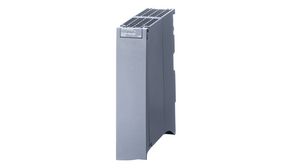
Serial Device Servers, NPort 6100/6200, Moxa
When connecting serial devices to the network, guaranteeing secure data transmission is an important issue. To solve this problem, the NPort 6000 supports the SSL and SSH protocols, which work by encrypting data before sending it over the network. The NPort 6000 allows users to be confident that serial data is transferred securely over public and private networks.
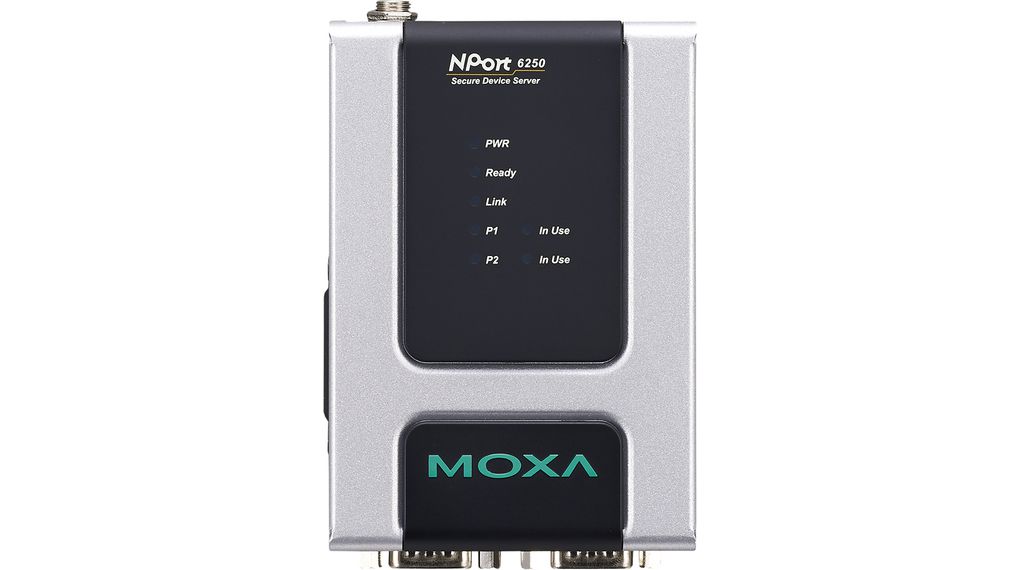
Routers, FL MGUARD, Phoenix Contact
The mGuard security routers are the heart of your system. Among the special features they offer for firewalls are deep packet inspection for industrial protocols, conditional firewalls, user firewalls, and safe network access for service providers.
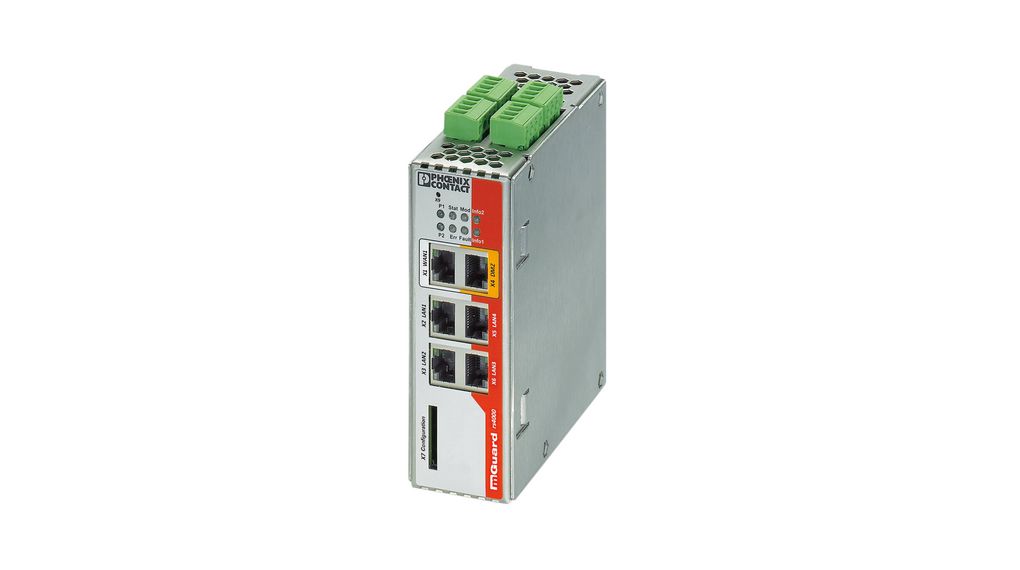
Industrial Firewalls, EAGLE, Hirschmann
Hirschmann provides complete cybersecurity solutions, including network software, routers, and firewalls. The EAGLE is a potent industrial firewall that guarantees the highest degree of data security and makes it easier for your industrial facilities to integrate seamlessly into the network.
